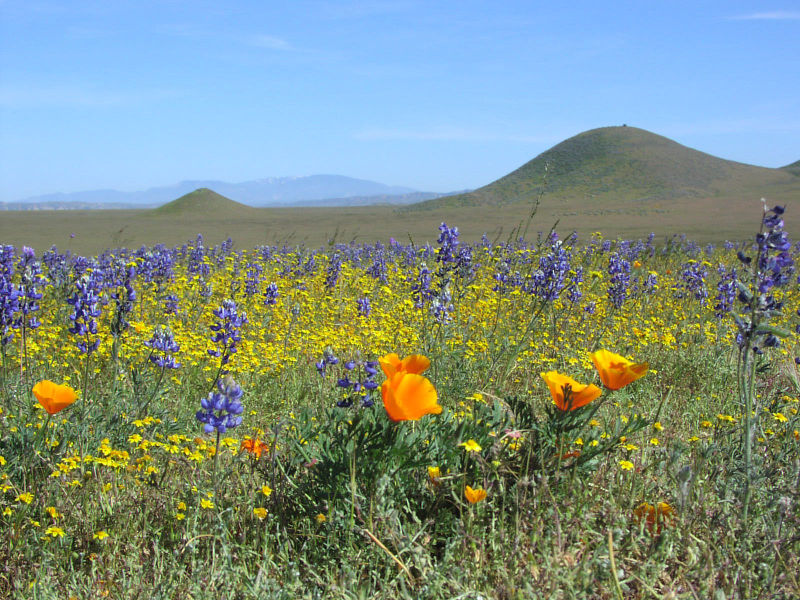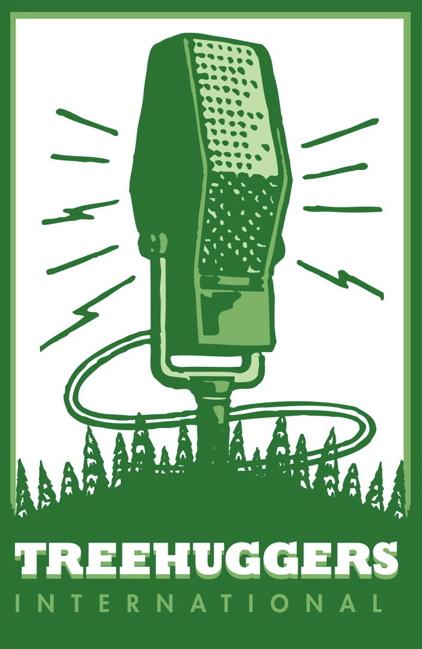David Edelson from the Wilderness Society
February 13th, 2010
Podcast: Download (Duration: 28:59 — 26.5MB)
An environmental attorney and public land conservation specialist, David Edelson is the Regional Director for the California and Nevada office of the Wilderness Society.
David previously served as lead attorney for the Sierra Forest Legacy, where he played an important role in blocking the Bush Administration’s 2004 forest management plan, which called for a drastic increase in the commercial logging of large, old-growth, fire-resilient Ponderosa, Jeffrey Pine, and White fir in the Plumas National Forest. A federal court later found the management plan in violation of the National Environmental Policy Act.
David also worked at the Natural Resources Defense Council, where he led the NRDC’s efforts to improve management of national forests in the Sierra Nevada and Pacific Northwest.
The Wilderness Society has long been a champion of conservation and the environment, and specifically, setting aside the last remaining wild places on public lands in the U.S., including lands overseen by the National Park Service, the U.S. Forest Service, the Bureau of Land Management, and the National Wildlife Refuge System.
In addition to wilderness advocacy, the Wilderness Society also works to ensure appropriate, responsible management of the nation’s public lands. Founded in 1935, the Wilderness Society led the way and was instrumental in the creation of the National Wilderness Preservation System and the passage of the 1964 Wilderness Act under President Johnson, which elegantly describes wilderness as “an area where the earth and community of life are untrammeled by man, where man himself is a visitor who does not remain.”
Today, over 100 million acres of federal land have been set aside for all Americans as wilderness, and with the passage of the Omnibus Public Lands Act in March 2009, an additional two million acres in nine states have come under wilderness designation. Along with the economic benefits in the rise of tourism and outdoor recreation as a result of these special places, wilderness provides breathing room for watersheds, climate regulation, and biodiversity, and also provides room for humans to de-pressurize and re-connect with the ebb and flow of the natural cycles of the earth and the wild.
With last year’s legislative successes in mind, wilderness advocates are hoping for success this year with several initiatives, most notably the Sen. Dianne Feinstein-sponsored California Desert Protection Act, which would create or expand five wilderness areas in the Mojave Desert and nearby portions of adjoining mountain ranges, and also create two new National Monuments: the Mojave Trails National Monument between Joshua Tree and the Mojave National Preserve, and the Sand to Snow National Monument, which would preserve adjoining areas of Joshua Tree National Park into high country in the nearby San Bernardino Mountains.
The act would also add expansions to Joshua Tree National Park, Death Valley National Park, and the Mojave National Preserve, with the new wilderness areas and National Monuments acting as buffers around the National Parks, thereby preserving wildlife corridors between the parks and across the Mojave at a variety of elevations.
Proposed additions to the Agua Tibia and Beauty Mountain Wilderness areas in northern San Diego County sponsored by Congressman Darrell Issa have also been a welcome development, and the proposed additions to the Cucamonga and Sheep Mountain Wilderness areas and Wild and Scenic River designation for the east and north forks of San Gabriel River, San Antonio Creek, and Lytle Creek in the San Gabriel Mountains near Los Angeles have also found a favorable response (and will be explored in upcoming shows).
Conservationists are also engaged in ongoing wilderness initiatives in California’s Sierra Nevada, the Carrizo Plain, and the Klamath Mountains in Northern California (which contains the largest network of roadless wilderness remaining in the Pacific Northwest), as well as in Colorado with the Hidden Gems and San Juan Mountains wilderness proposals, in Oregon with the Molalla River Wild and Scenic bill, and in Pennsylvania in the long-running campaign to create new wilderness areas in the Hickory Creek, Allegheny Front, and Tionesta wildlands of the Allegheny National Forest.

Spring wildflowers on the Carrizo Plain, San Luis Obispo County.
More about this post at:
- The Wilderness Society
- David Edelson, Wilderness Society bio page
- Off-Road Routes In Mojave Desert Found Illegal, David Edelson-authored post
- San Gabriel Mountains Forever
- Friends of the River
- Sierra Forest Legacy Newsletter, detailed description of legal fight against 2004 forest plan
- Sand to Snow National Monument, photos by Jay Calderon (Palm Springs Desert Sun; 2/1/10)
- Environmental Group Challenges Sierra Logging Plans (San Francisco Chronicle; 1/31/10)
- Bird Life Changes In the Carrizo Plain (Atascadero Independent; 1/14/10)
- Monument Would Protect Land Northwest of Palm Springs (Riverside Press-Enterprise; 1/11/10)
- Feinstein Bill Attempts to Reconcile Landscape Protection, Clean Energy (New York Times; 1/7/10)
- Desert Duty (Riverside Press-Enterprise; 12/26/09)
- Where the Antelope Play (San Luis Obispo New Times; 12/22/09)
- Feinstein to Introduce Two National Monuments In Mojave Desert (Los Angeles Times; 12/21/09)
- Bill Would Expand Beauty Mountain and Agua Tibia Wilderness (San Diego Union-Tribune; 12/21/09)
- Issa Introduces Wilderness Bill (North County Times; 12/17/09)
- Legislation Would Designate Wilderness in San Diego County (KPBS; 12/17/09)
- Obama Withdraws Bush-Era Logging Plan (MSNBC; 7/16/09)
- Saving the Silence, Carrizo Plain article (Santa Barbara Independent; 4/16/09)
- California Wilderness Coalition
- California Wild Heritage Campaign
- Los Padres Forest Watch








